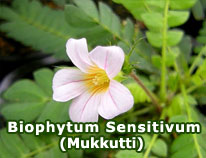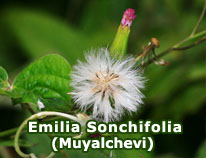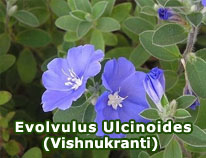Seethappazham (Annona squamosa) -Fruits of Kerala, India
March 24th, 2007 | admin
Seethappazham (Annona squamosa) is found in all parts of Kerala, in family properties. Sugar-apple or sweetsop (sweet sop) is the English names of the fruit. The muntiri pazham is another name for the fruit. The same name refers to grape fruits as well.
Favorite eatery for children, sugar apple is rarely cultivated in Kerala. People would plant a seedling or two in their property and that is all to talk about cultivation of sugar apple in Kerala.
Sugar apple is imported to India from the Americas. The plant looks like a large shrub, irregular branches. Leaves are deciduous. Flowers are borne towards the tip of a branch. The three fleshy sepals fall off after a few days of partly opened state. There are also three tiny scale-like petals.
The compound fruits are ovoid to conical with a number of segments, each representing a fruit inside. Ripe fruits can be easily separated with hands. Inside, each fruit bears a 1-2cm shiny black seed, which turns brown when kept in sunlight for an hour or two. The white to creamy edible part is sweet, juicy and delicious. The fruit is opened with hands and broken into a few pieces before the fleshy part and the seeds within are separated with special teeth-lip-tongue movement, inside the mouth.
Use of seethappazham in other culinary preparations is almost totally absent.
In Ayurveda, the leaves of the plant are used in the treatment of hysteria, fainting, ulcers, wounds, dysentery etc.
Annona squamosa belongs to the family Annonaceae.














 Loading ...
Loading ...





